From 2027, travellers going to Japan will have a new way to get from Tokyo to the Tohoku region: by taking an overnight train where you can sleep along the way.
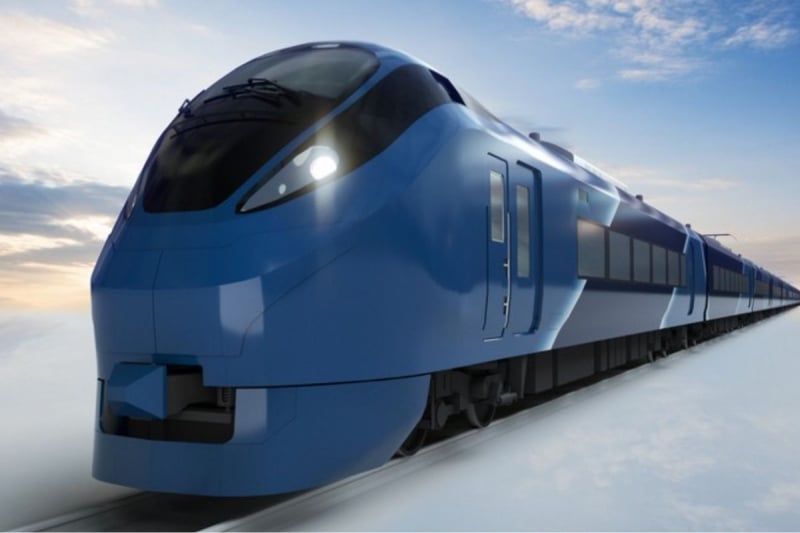
Image Credit: East Japan Railway
JR East has announced that it will modify one of its existing E657 series limited express trains to create a new 10-car service, set to launch in spring 2027. The train will run overnight between the Tokyo metropolitan area and northeastern Japan, with space for about 120 passengers, all in private Green Car (first-class) seats.
Also read: How to Ride the Shinkansen in Japan: 8 Hacks Every Traveller Should Know
Private cabins and flat seats instead of beds
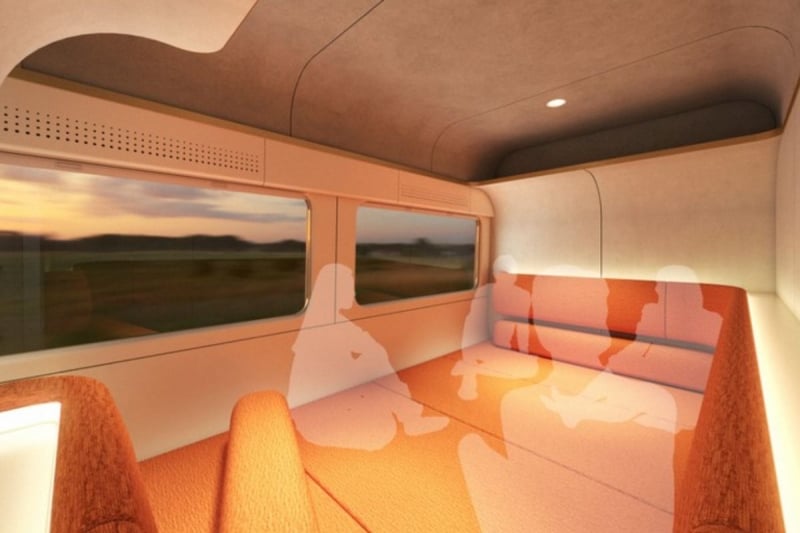
Image Credit: East Japan Railway
Each seat will be inside a private cabin, with different setups for single travellers, pairs, or groups of four. There will also be two wheelchair-accessible cabins, and one car will have a shared lounge area.
Instead of full beds, the seats will be flat-reclining, meaning you can stretch out to sleep, or sit up and use the space like a small booth or sofa during the day.
The train’s design features deep blue and navy tones, which are meant to recall the older Blue Train sleeper services that used to run through Japan.
How the trip might work
JR East hasn’t confirmed the full schedule yet, but a sample plan suggests you might leave Tokyo around 9 pm and arrive in Tohoku by 9 am the next day.
The train may also run during the daytime in peak travel periods, depending on demand.
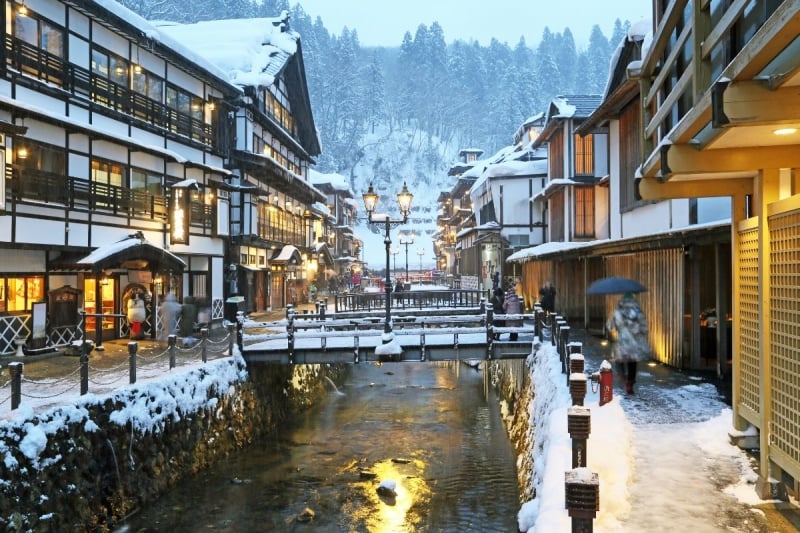
Image Credit: kellymarken via Canva Pro
Instead of arriving late and losing the next morning to tiredness, this train gives you a full night to recharge. You might step off into the misty air of Ginzan Onsen, where wooden inns line a quiet river and gas lamps flicker in the early light — a scene that feels straight out of a Ghibli film.
Or maybe your journey takes you to Yamadera, a temple tucked into the mountains, where a gentle climb brings you to a wide, quiet view of the valley below. Further east, Matsushima Bay offers pine-covered islets and a breakfast of fresh seafood with ocean air on your face.
With this train, your morning might begin in an onsen, at a temple, or by the sea. No groggy transfers, no hotel check-in. Just a slower, more restful way to arrive.
A new chapter after the Cassiopeia
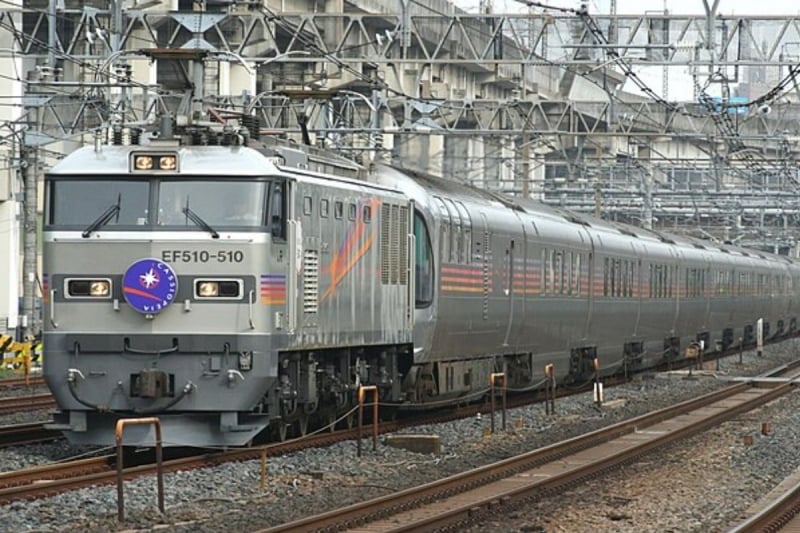
Image Credit: Rsa via Wikimedia Commons
The new train will take over from the Cassiopeia, a well-known luxury sleeper that used to run between Tokyo and the north. In recent years, Cassiopeia has only operated for special tours, and even those will end in June 2025, due to ageing equipment.
While this new train doesn’t offer beds or luxury suites, it gives travellers a way to make the most of their travel time, without needing to book a hotel or arrive late at night and lose the next morning to tiredness.
It’s a small but thoughtful step in bringing back overnight train travel — in a way that’s more practical than flashy.
Why this matters for Singaporean travellers
For many travellers from Singapore, Japan is already a popular destination. But places like Tohoku are still less visited compared to cities like Tokyo or Osaka.
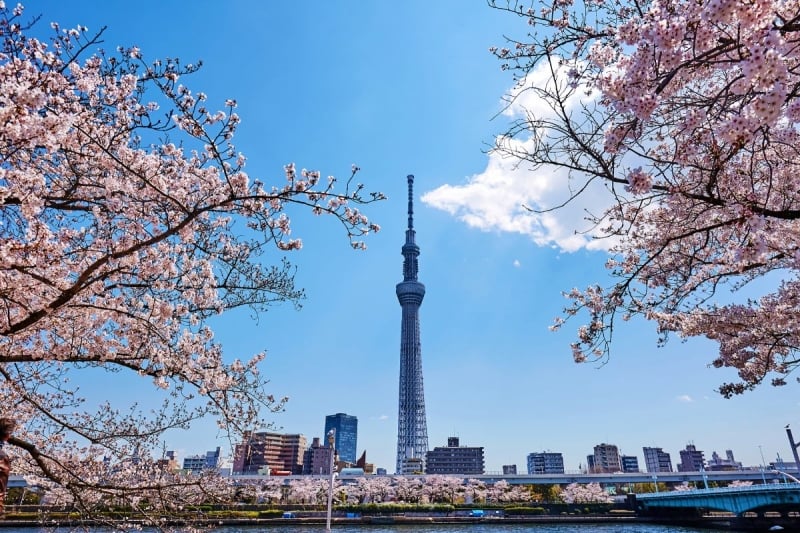
Image Credit: zorazhuang via Canva Pro
This new train could make it easier to explore northern Japan without needing to figure out multiple transfers or pay for an extra night in a hotel. You can board in the evening, rest in a private cabin, and wake up somewhere new the next morning.
It is a practical option for those who want to see more of Japan at a slower pace, especially if you have already been to the main cities and are looking for something different.
Also read: 10 Fun Things to Do in Tokyo for First-Time Travellers
Final thoughts
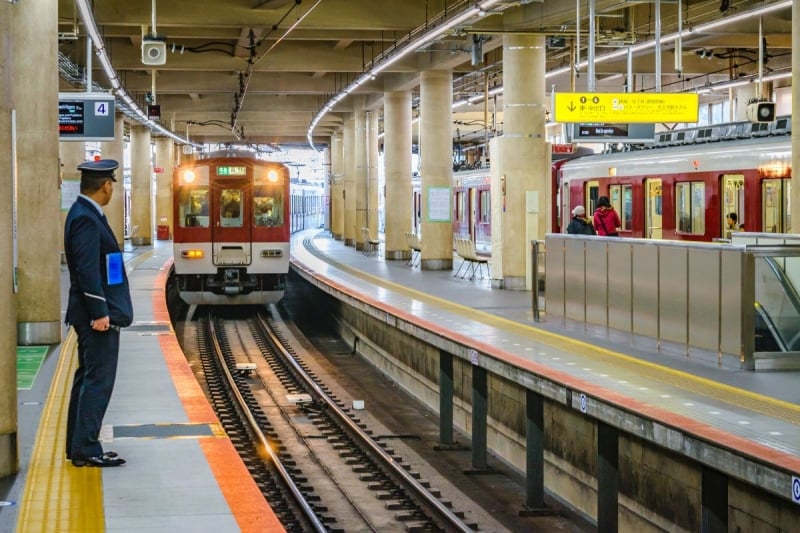
Image Credit: DanFLCreativo via Canva Pro
JR East’s new overnight train may not be the fastest or flashiest way to travel, but it fills a gap that’s easy to overlook. For travellers who want to explore more of Japan without rushing or backtracking, it offers a chance to rest, reset, and arrive ready.
In a country known for its efficient transport, this is a reminder that getting somewhere doesn’t always have to mean moving quickly. Sometimes, slowing down lets you see more — or at least arrive in a better state to enjoy what’s ahead.




